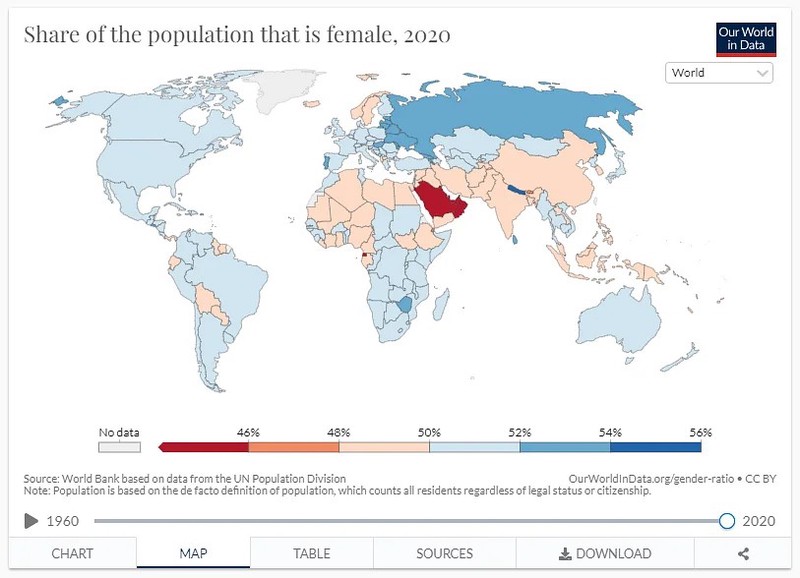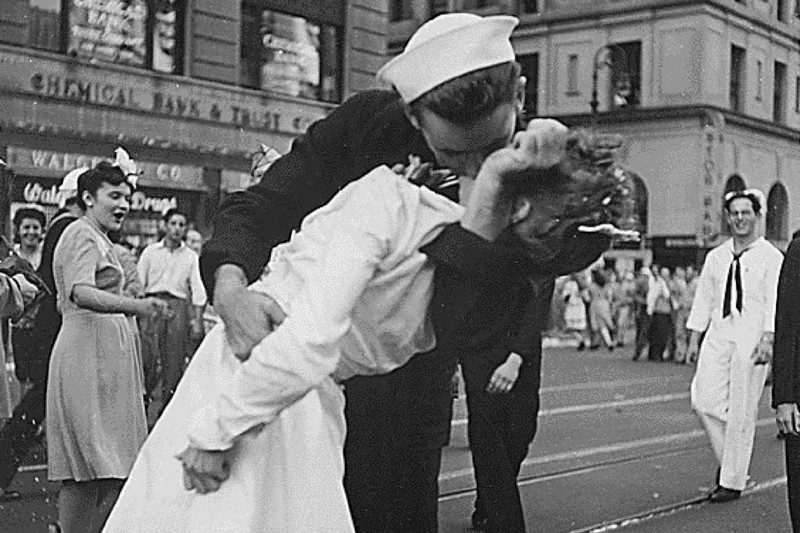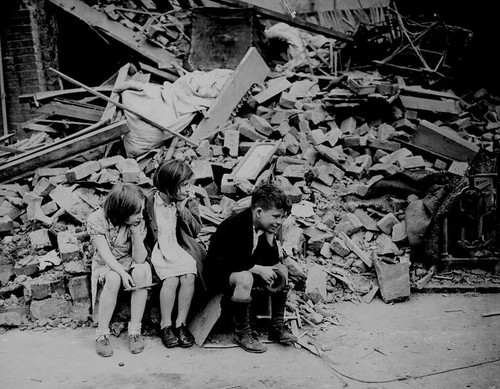
At normal times, for every 100 girls, 108 boys are born. This information was given by the World Bank. For hundreds of years, the birth rate of boys has been higher than that of girls. Since the mortality rate of males is higher than that of females, many people interpret the higher birth rate of boys as maintaining the balance of nature. However, over the years, scientists have been conducting surveys on the birth rate of different countries, and it has been observed that the birth rate of boys is significantly higher in the countries concerned during the war and post-war period.
Undoubtedly, various questions come to the fore in this information. But scientists could not find any scientific answer. Although there are several theories about it. As many believe, it is an attempt to balance nature by filling the void left by male soldiers killed in battle. Again, many feel that returning soldiers are getting closer to their comrades after a long time; As a result, the chances of fertilizing the eggs of those female partners increase. And with that comes an increase in the birth rate of boys. This is called the 'Returning Soldier Effect'. But a research report published in the journal Evolutionary Biology refutes these theories. The study looked at how a person's family history could give an idea about the child's gender.
Corey Gelatley, a researcher at Newcastle University in the United Kingdom, conducted the research as part of his PhD dissertation. "I didn't believe in the theory that couples have more children because they're having more sex," he said.

Corey Gelatley looked at various studies on male shrimp, male insects, and human males. Those studies showed that the sex of a couple's child depends on the sex of the children of the male partner's parents. That is, the sex of a man's child depends on the number of his siblings. Simply put, if a man has more brothers than a sister, then he is more likely to have a son than a daughter in his own case. To find out if this trend has anything to do with wartime births, Gelatley conducted a study of the family histories of 928 families in North America and Europe. He recorded the sex ratio of the members of those families per generation.
Gelatley said, "Researching the family history of these families has shown that whether the child is a boy or a girl is largely determined by inheritance." We now know that men who have more brothers have more sons. However, this trend is not noticeable in the case of women.
We know that males have two chromosomes: XY. Gelatly thinks that the amount of X chromosomes and the number of Y chromosomes in a man's semen depends largely on a gene. Both men and women have this gene, but the male is active. Since the two chromosomes of the female are XX, the XY chromosome of the male semen determines the sex of the child. So the more Y chromosomes there are, the more likely it is that the child will be a boy (XY).

But how does this model affect war and post-war childbirth? Can be explained by examples. Let's think about John and Rich. John has three sons, all of whom went to war, and he has another daughter, who did not go to war. On the other hand, Rich's family structure is opposite — three daughters, one son. Since John has three sons, one of his sons is more likely to survive the war. And since they are boys, they must have the presence of Y on their chromosomes. As a result, more sons will be born from this family. Since Rich has one son, Rich will be childless as soon as he dies. And even if her son survives the war, the proportion of girls in the family will be higher in proportion. According to Gelatli's model, the birth rate of boys and girls will return to normal.
Comments